Modern developer's path

This year has started with big tech news, mainly the release of artificial intelligence (AI). The entire world was instantly notified about chatGPT, its power, limits, and potential growth. Many scientists are feared or thrilled about it. Developers in the blink of an eye were frightened about losing their jobs in the nearest future. However, as always new technology comes, and it creates some kind of revolution. The Internet changed most of industries' branches and social life. Previously machines took most of the human job..., but people just changed the way they work, to the most intellectual.
Nowadays, we are threatened with taking intellectual kind of jobs, we have to remember that intelligence made humans to be at the top of all organisms in the globe.
However, we can all be scared, or take action and embrace this technology. Using it right can scale the average developer's job. At the beginning of the year I personally decided to learn about AI, be aware of its dangers and of course, use it.
Let's go through the AI implementation process, which can give you a lot of value.
How to use AI as a developer?
In my previous YouTube video I covered some tools for managing prompts and the rules of asking questions in chatGPT:
However, this time I have to share with you the other tools which can be used with openAI API (chatGPT API).
make.com
Make.com is one of the best tools for automating stuff. Did you know, that making your coding environment more efficient, for example by:
saving seconds or minutes each time you perform some actions, which can be and has been totally automated,
you can:
- have more fun doing your job,
- be better at this job,
- learn faster,
- be more professional,
- build more products,
- generate more value
Make.com can save you hours, by doing amazing automation. Let's see the example I created lastly:
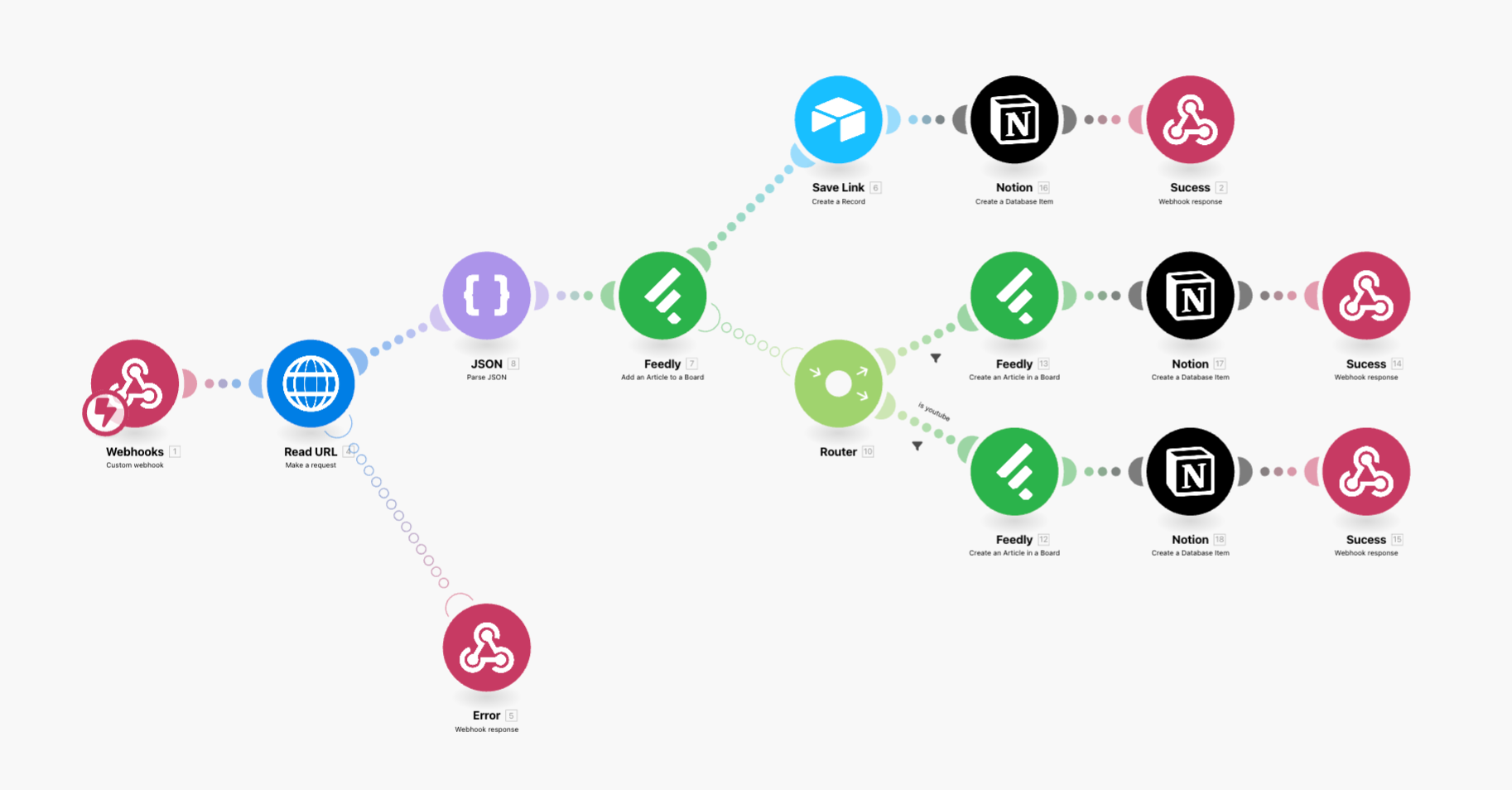
Doing research is necessary, but saving resources can take lots of time and there is a danger that you will note it somewhere, and forget about it. To make it a lot easier, I have used notion as my second brain (description in the latest mail/post).
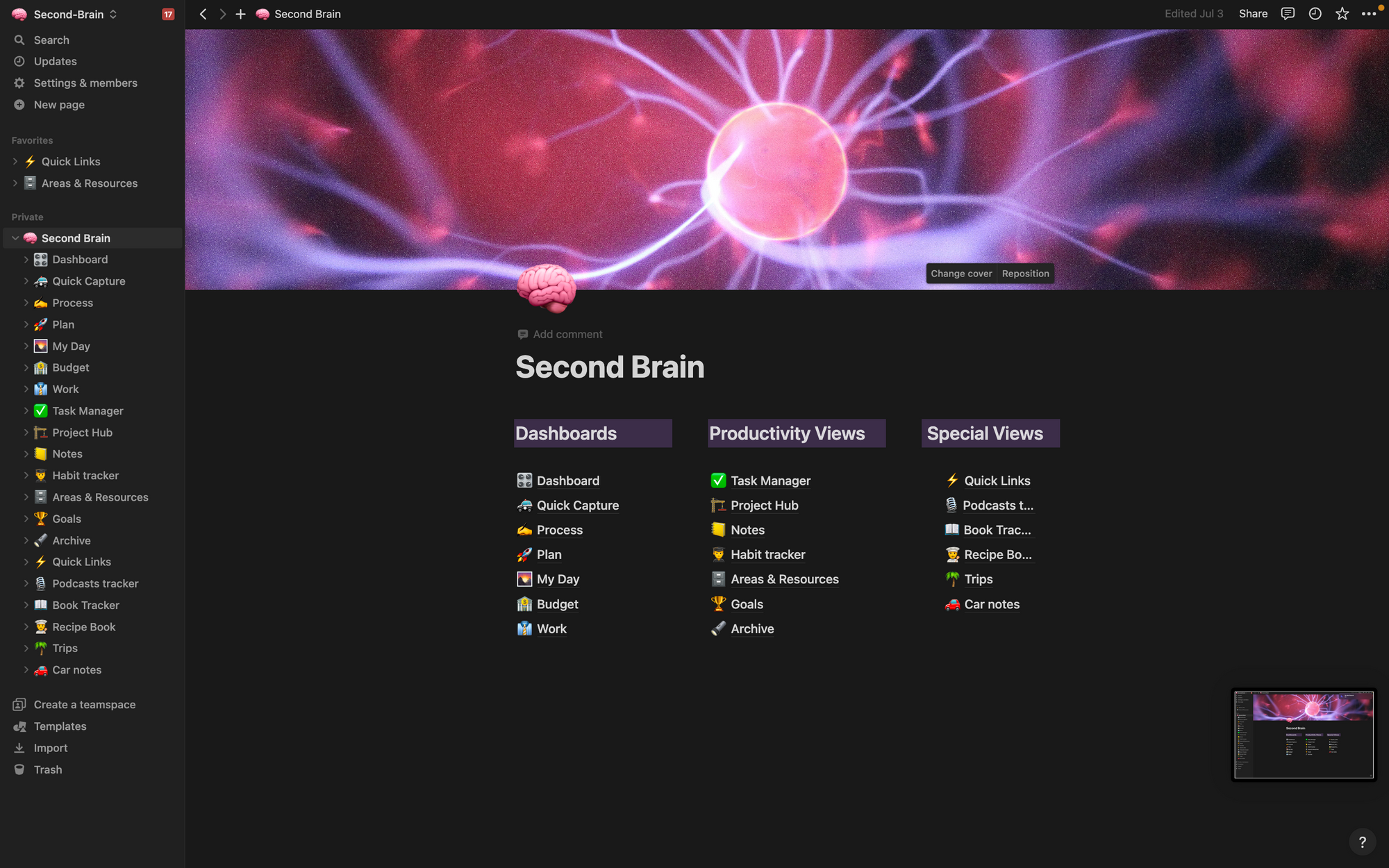
The second brain allows storing information in a convenient way, as a database with nice visualizations, below is presented the database for my saved urls:

As you can see, the saved URLs database stores items in rows and their different values in columns. Each item has an url, context, tags, and generated name.
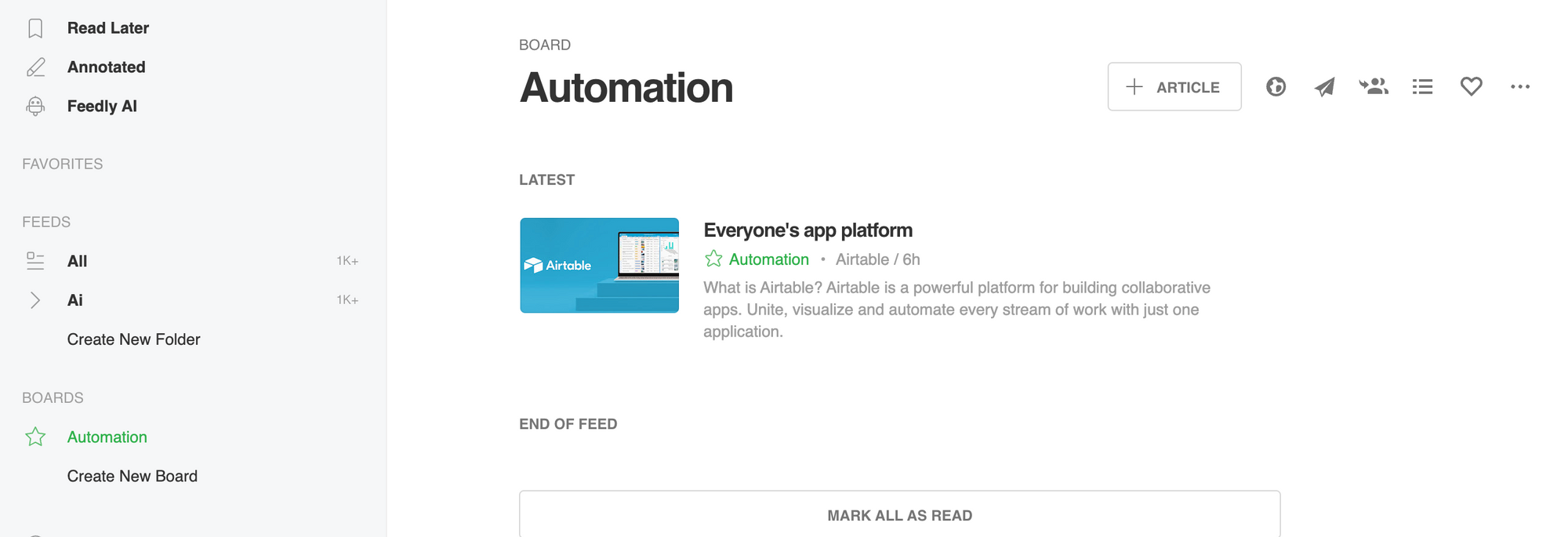
Moreover, the above integration uses feedly app as a very cool way of previewing saved articles, newsletters, etc., and also airtable for the same data, but then used as a memory to chatGPT.

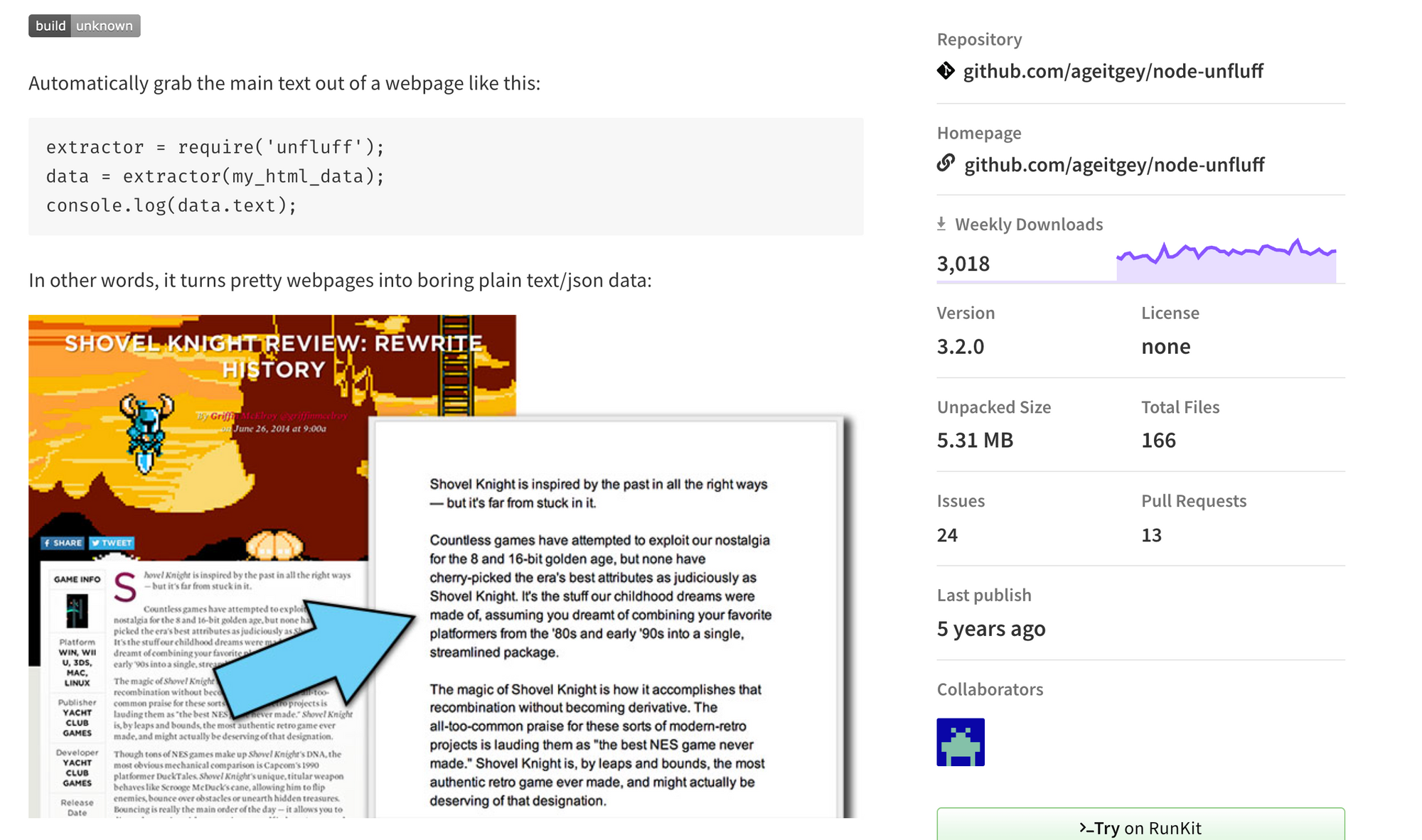
Integration starts with a webhook, which means that after making a post request to the address of a webhook, the entire integration starts. In this case, post request is managed by apple shortcut, which is created to catch the current url automatically.
Apple shortcut is very efficient, cause it can be run with a keystroke, in my case "cmd + shift + L".
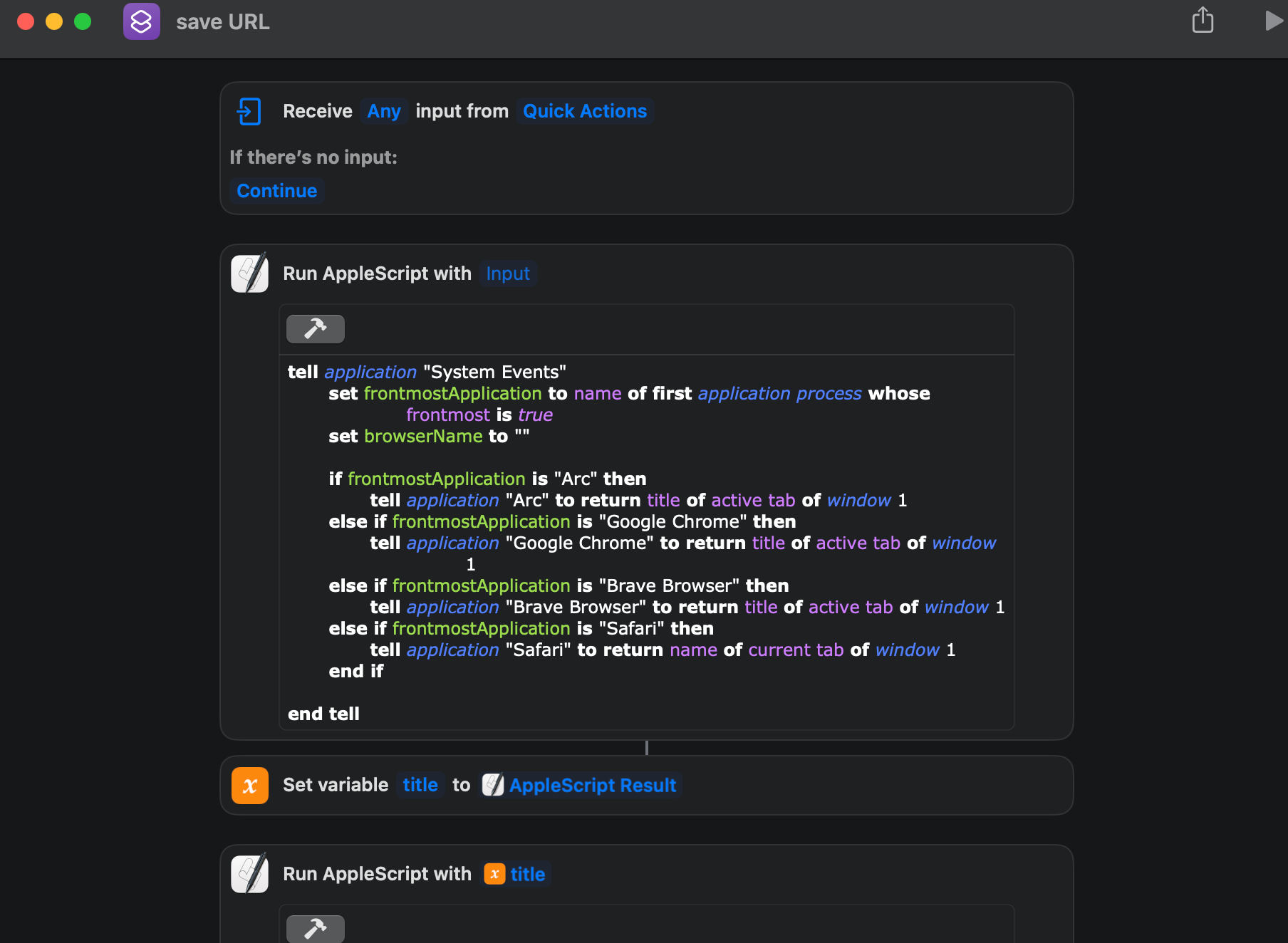
Then is redirected to the request to the deployed code, which uses unfluff for scraping data from a website.
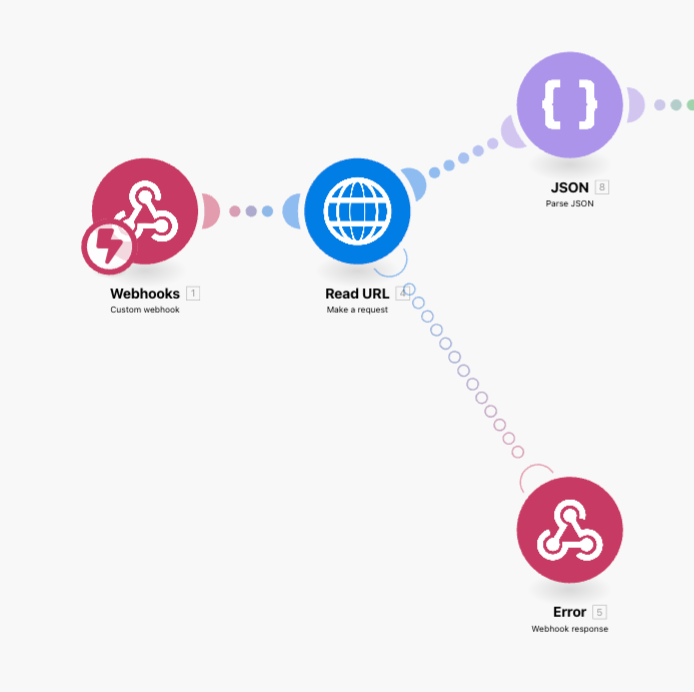
Scraped data are formatted into JSON and sent to Airtable, notion, and feedly. If scraping is caused by errors, there is an error handler that returns status 500 and an error message.
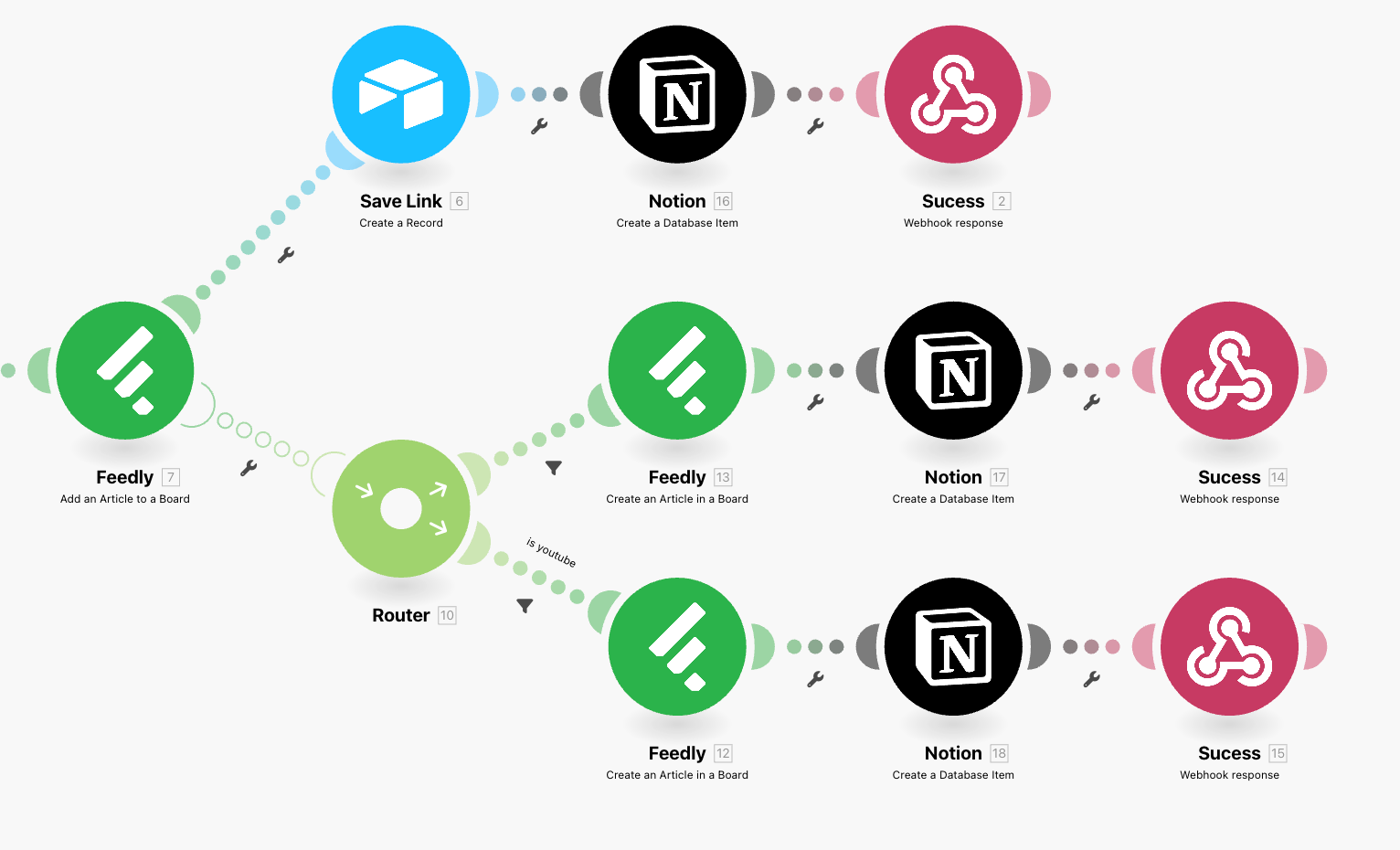
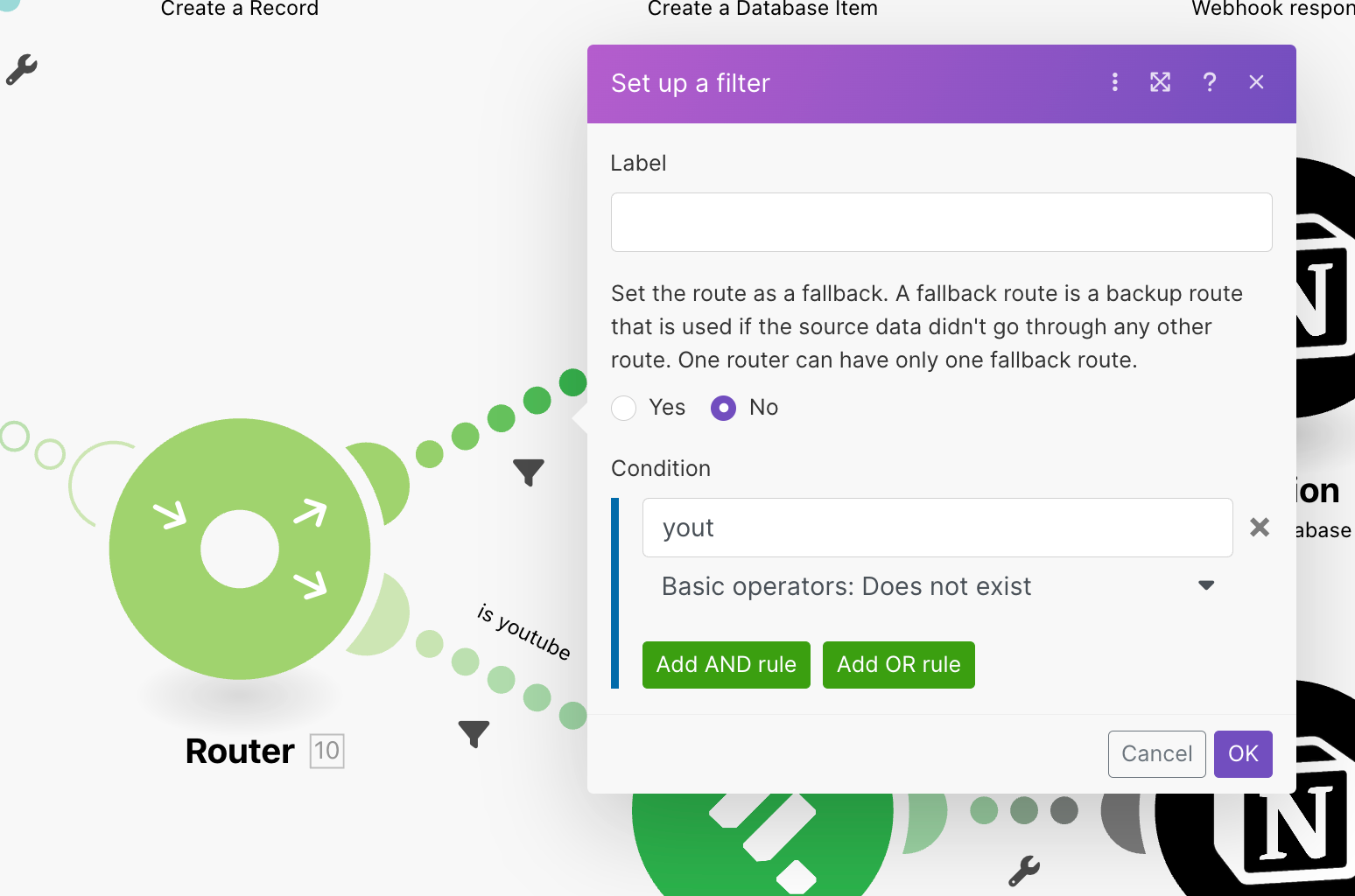
📕Book of the week
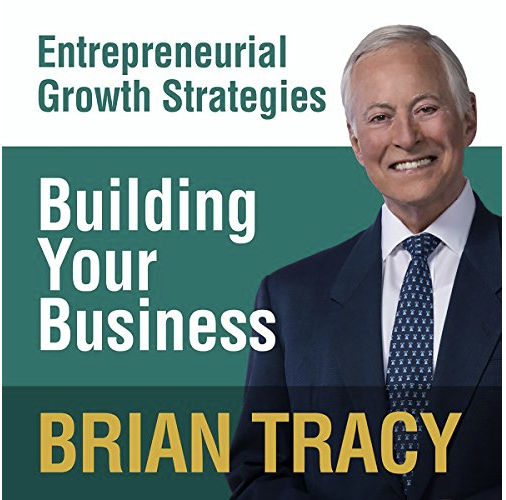
Last week I had a great occasion to read a book about running own business, written by Brian Tracy. The author leaves a lot of remarkable ideas, and notes. However, one of them is extraordinary and worth mentioning. Mainly, the idea of exponential growth.
Brain claimed that he would increase his salary ten times in ten years. Does it sound impressive?
What if I can say you, that it requires only:
- 25% growth each year,
- 2% growth each month.
These results can be achieved easily, by making your work more valuable day to day. For example, noting down tasks before work and scheduling them in time blocks, can make you a lot more efficient. Moreover, using automation can lead to even faster growth of your value in the job marketplace.
Thank you for reading and till the next time 👋





